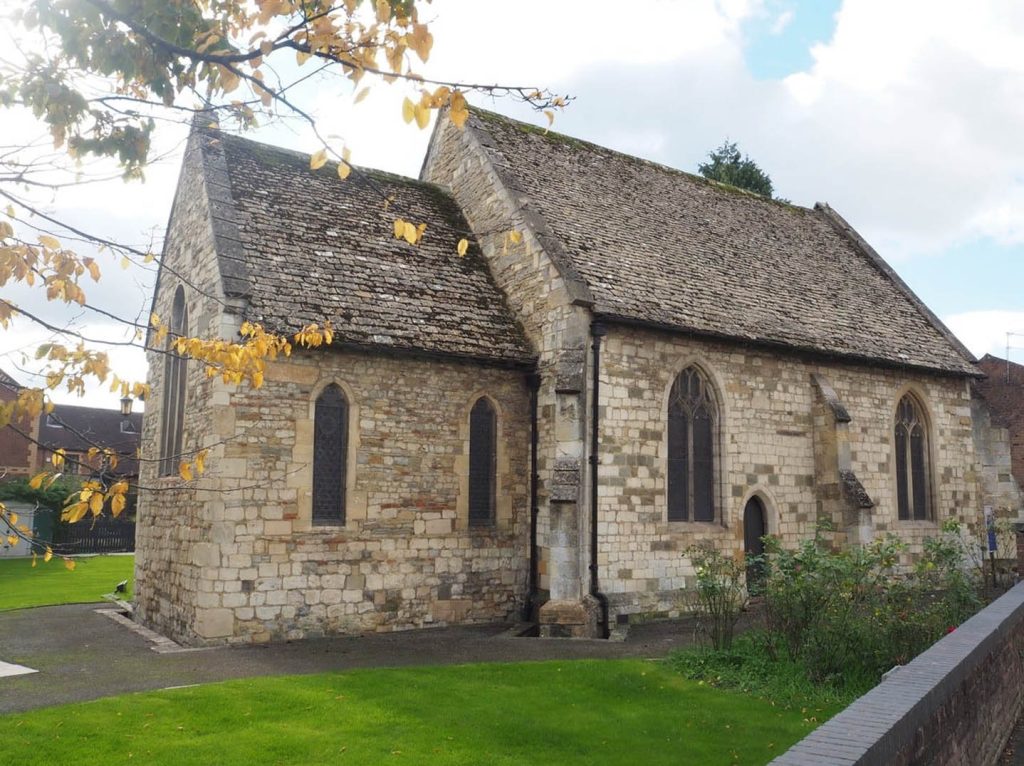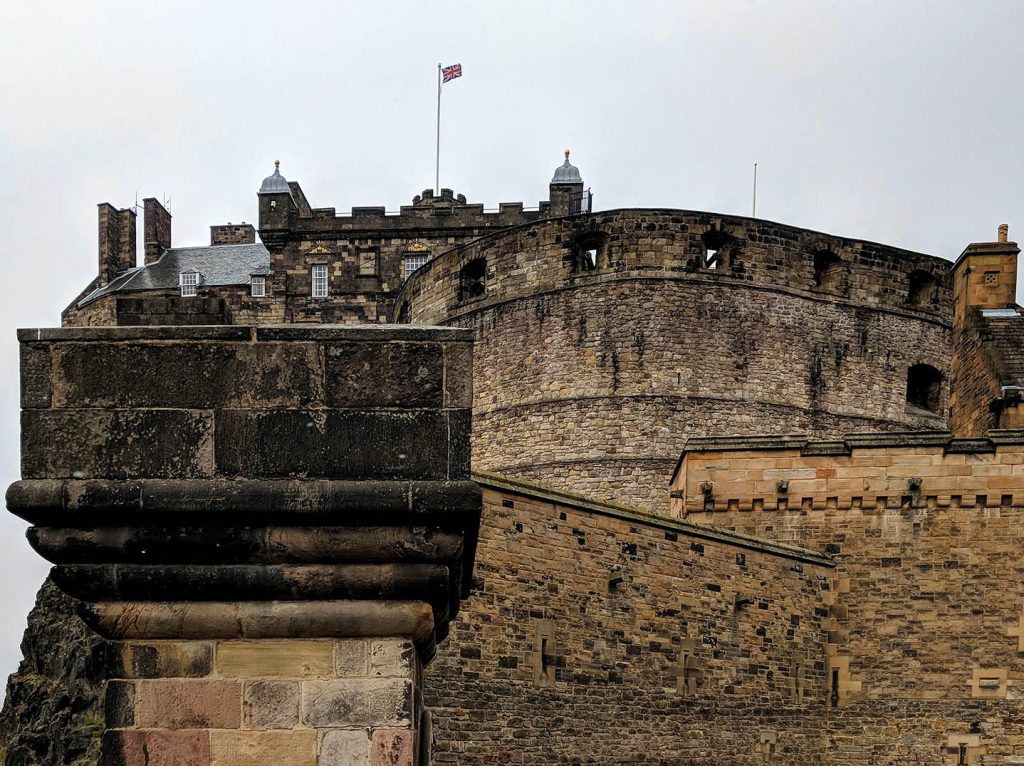Embarking on a captivating journey through Edinburgh Castle, I found myself entranced by the seamless fusion of history and architecture. This iconic fortress, perched majestically on Castle Rock, offers a glimpse into Scotland’s rich heritage.
Crown Square: Regal Splendor Unveiled
Nestled at the heart of Edinburgh Castle, Crown Square is a regal courtyard showcasing the Scottish crown jewels, including the Stone of Destiny, Crown, Sceptre, and Sword of State.
Stepping into Crown Square felt like a journey back in time. The meticulous craftsmanship of the crown jewels and the aura surrounding the Stone of Destiny created an authentic connection to Scotland’s royal legacy.
Crown Square offers informative audio guides and knowledgeable guides, enhancing the visitor experience with historical insights.
Pros:
The historical significance and authenticity of Crown Square are unmatched. The audio guides and live commentary provide an educational touch.
Cons:
Due to its popularity, Crown Square can get crowded, requiring patience for an optimal experience.
Crown Square is centrally located within Edinburgh Castle, easily accessible from the castle’s entrance.
Navigating through well-marked paths, visitors encounter Crown Square, unveiling glimpses of other attractions along the way.
Bundled ticket options, covering multiple attractions, offer cost-effective access to Crown Square.
Tickets can be conveniently secured through the official Edinburgh Castle website, ensuring a straightforward reservation process and exclusive discounts.
Crown Square’s regal ambiance and historical treasures made me feel like a participant in Scotland’s majestic past. The well-curated exhibits and informative guides added depth to the experience, leaving an indelible mark on my understanding of Scottish monarchy.
St. Margaret’s Chapel: A Tranquil Retreat
Situated within Edinburgh Castle, St. Margaret’s Chapel, dating back to the 12th century, provides a serene escape with its simple yet elegant architectural details.
Entering St. Margaret’s Chapel felt like a sojourn to a bygone era. The intimate space, illuminated by stained glass windows, offered a peaceful contrast to the bustling castle grounds.
St. Margaret’s Chapel features informative plaques, allowing visitors to appreciate its historical significance.

Pros:
The chapel provides a serene retreat within the castle, allowing for quiet contemplation amidst its ancient walls. Its historical resonance adds depth to the overall visit.
Cons:
Limited capacity may lead to crowding, necessitating strategic timing for an undisturbed experience.
St. Margaret’s Chapel is strategically positioned within Edinburgh Castle, accessible via well-marked pathways.
Following central routes, visitors easily find their way to St. Margaret’s Chapel, with the journey offering glimpses of other historical features.
Bundled ticket options often include access to St. Margaret’s Chapel, providing a cost-effective approach for exploring multiple facets of Edinburgh Castle.
My ticket, encompassing various castle attractions, was purchased through the official Edinburgh Castle website, ensuring a seamless reservation process.
St. Margaret’s Chapel provided a tranquil retreat within the castle’s bustling grounds. Its historical significance and architectural charm offered a poignant connection to Scotland’s medieval past, making it a must-visit site for those seeking moments of quiet reflection.
The Great Hall: A Majestic Journey through Time
Dating back to the 16th century, the Great Hall of Edinburgh Castle is an expansive venue that once hosted royal ceremonies and banquets. Adorned with ornate woodwork and heraldic symbols, it exudes the grandeur of a bygone era.
Entering the Great Hall felt like a step into history. The high-vaulted ceiling and rich tapestries created an atmosphere of regal splendor, providing insight into the lives of Scottish nobility.
The Great Hall features informational displays detailing its history and significance, complemented by knowledgeable staff offering additional insights.
Pros:
The Great Hall immerses visitors in the grandeur of Scotland’s medieval past. Its architectural details and historical artifacts provide a vivid portrayal of royal life.
Cons:
Peak crowds may impact the experience, requiring strategic planning to fully appreciate the exhibits.
The Great Hall is a prominent landmark within Edinburgh Castle, easily accessible from the castle entrance.
Navigating through the castle grounds, visitors encounter clear signage leading to the Great Hall, offering glimpses of other captivating attractions along the way.
Bundled ticket options often include admission to the Great Hall, providing cost-effective access to multiple facets of Edinburgh Castle.
My comprehensive ticket, covering various castle attractions, was efficiently obtained through the official Edinburgh Castle website, ensuring a straightforward reservation process.
The Great Hall epitomized the opulence of medieval Scotland. Its architectural splendor and historical significance transported me to an era of knights and royal banquets, providing a vivid snapshot of the country’s regal heritage.
National War Museum: Commemorating Sacrifice
Located within Edinburgh Castle, the National War Museum is a tribute to Scotland’s military history. Housed in historic military buildings, it showcases a vast collection of artifacts, providing insight into the nation’s wartime experiences.
Venturing into the National War Museum felt like a solemn pilgrimage. The exhibits, ranging from weaponry to personal artifacts, offered a comprehensive narrative of Scotland’s role in global conflicts.
The museum provides informative displays, audio guides, and interactive exhibits. Knowledgeable curators are available to offer additional context, enhancing the educational value of the visit.
Pros:
The National War Museum offers a sobering yet enlightening exploration of Scotland’s military history. The diversity of exhibits and the immersive displays contribute to a profound understanding of the nation’s wartime contributions.
Cons:
Due to the sensitive nature of the subject matter, some visitors may find the museum emotionally challenging. Its popularity can lead to crowds during peak times.
The National War Museum is strategically positioned within the Edinburgh Castle complex, easily accessible from various entry points.
Following well-marked paths through the castle grounds, visitors encounter clear signage leading to the National War Museum, allowing for exploration of adjacent historical landmarks.
Bundled ticket options often include admission to the National War Museum, providing cost-effective access to multiple facets of Edinburgh Castle.
My all-inclusive ticket, encompassing various castle attractions, was efficiently secured through the official Edinburgh Castle website, ensuring a streamlined reservation process.
The National War Museum served as a poignant reminder of the sacrifices made by the Scottish people. Its comprehensive exhibits and respectful portrayal of wartime experiences left a profound impact, urging visitors to reflect on the human cost of conflicts throughout history.
Half Moon Battery: Panoramic Splendor
Situated on the northern side of Edinburgh Castle, the Half Moon Battery offers breathtaking panoramic views of the city and its surroundings. This artillery platform, dating back to the 16th century, showcases a collection of cannons and provides a strategic vantage point for capturing the beauty of Edinburgh.

Ascending to the Half Moon Battery felt like a journey to the castle’s zenith. The elevated position afforded sweeping vistas, allowing me to witness Edinburgh’s sprawling cityscape and absorb the grandeur of the surrounding landscape.
The Half Moon Battery lacks elaborate exhibits but offers informational plaques detailing its historical and strategic significance. The presence of knowledgeable guides enhances the experience with additional insights.
Pros:
The Half Moon Battery provides an unparalleled vantage point, offering stunning views of Edinburgh’s skyline and the picturesque landscapes beyond. The historic cannons add an authentic touch to this strategically significant site.
Cons:
Due to its popularity, the Half Moon Battery can become crowded during peak hours, requiring patience for unobstructed views.
The Half Moon Battery is prominently positioned within Edinburgh Castle, accessible via clearly marked pathways leading from various directions.
Following the castle’s central routes, visitors encounter signage leading to the Half Moon Battery. The ascent presents opportunities to explore other captivating features along the way.
Bundled ticket options often include access to the Half Moon Battery, providing cost-effective entry to multiple attractions within Edinburgh Castle.
My comprehensive ticket, covering various castle attractions, was conveniently obtained through the official Edinburgh Castle website, ensuring a hassle-free reservation process.
The Half Moon Battery stood as a testament to Edinburgh Castle’s strategic prowess. The awe-inspiring views from this elevated perch allowed me to appreciate the city’s architectural splendor and natural beauty, making it a must-visit destination within the castle grounds.
Mons Meg: Cannon of Legend
Positioned near the Half Moon Battery, Mons Meg is a colossal medieval cannon with a storied history. Gifted to King James II in the 15th century, this cannon became a symbol of military might and strategic significance.
Encountering Mons Meg felt like an encounter with medieval artillery mastery. The sheer size and historical significance of this cannon provided a tangible connection to Scotland’s martial past.
Mons Meg is accompanied by informative plaques detailing its origins, purpose, and notable events in which it played a role. Knowledgeable guides offer additional context, enriching the overall experience.
Pros:
Mons Meg is a tangible relic of medieval military technology, offering visitors a glimpse into the weaponry of bygone eras. The cannon’s strategic location near the Half Moon Battery adds historical depth to its significance.
Cons:
The popularity of Mons Meg can lead to crowds, especially during peak hours. As an outdoor exhibit, weather conditions may impact the overall experience.
Mons Meg is strategically positioned near the Half Moon Battery, forming an integral part of the artillery displays within Edinburgh Castle.
Following the castle’s central routes, visitors encounter signage leading to Mons Meg. The journey allows for exploration of adjacent historical sites.
Bundled ticket options often include access to Mons Meg, providing cost-effective entry to multiple attractions within Edinburgh Castle.
My comprehensive ticket, covering various castle attractions, was efficiently secured through the official Edinburgh Castle website, ensuring a straightforward reservation process.
Mons Meg emerged as a colossal symbol of medieval military prowess. Standing in its presence, I marveled at the engineering ingenuity of the past and gained a deeper appreciation for the strategic role such cannons played in Scotland’s history.
Edinburgh Castle, with its rich tapestry of history and architecture, offers an unparalleled journey through Scotland’s storied past. From the regal ambiance of Crown Square to the tranquil retreat of St. Margaret’s Chapel, the grandeur of the Great Hall, and the somber reflection in the National War Museum, each site within the castle complex contributes to a multifaceted exploration. Additionally, the panoramic splendor of the Half Moon Battery and the historical significance of Mons Meg add layers of fascination to this iconic fortress.
The bundled ticket options, often including discounts, provided an economically viable means to delve into multiple facets of Edinburgh Castle. Booking tickets through the official website ensured a hassle-free process, coupled with the added convenience of exclusive discounts.
Edinburgh Castle stands not just as a historical monument but as a living testament to Scotland’s resilience, heritage, and cultural richness. This exploration became a profound chapter in my journey, an odyssey through time that left an indelible mark on my understanding of Scotland’s past.
